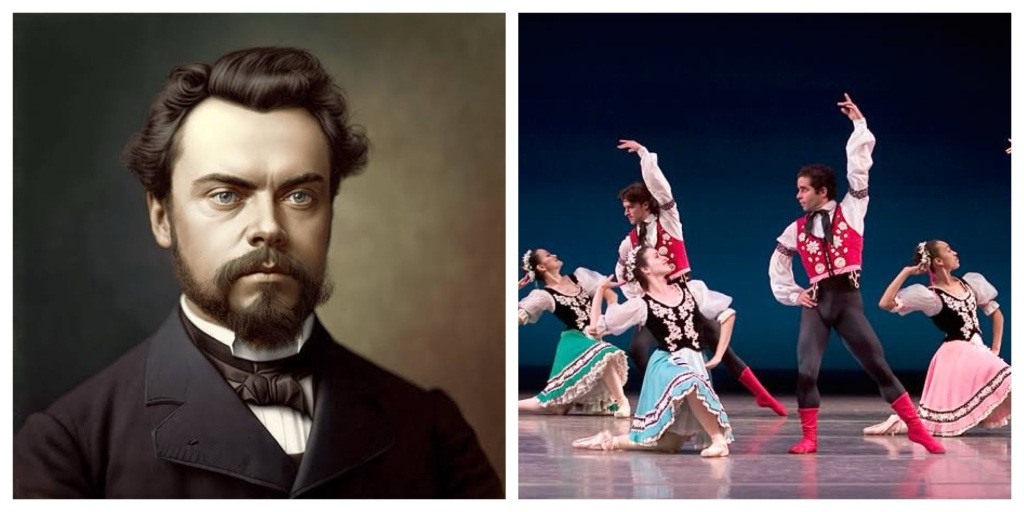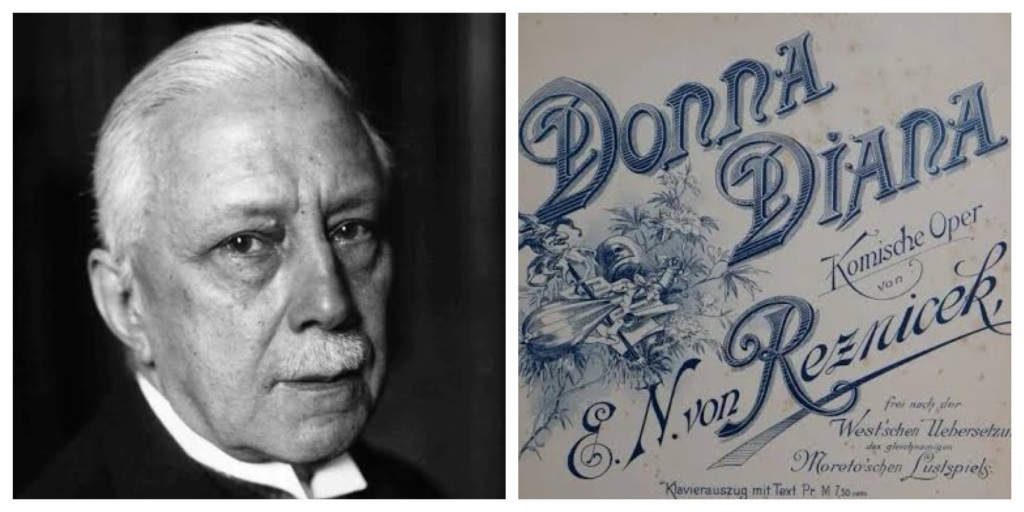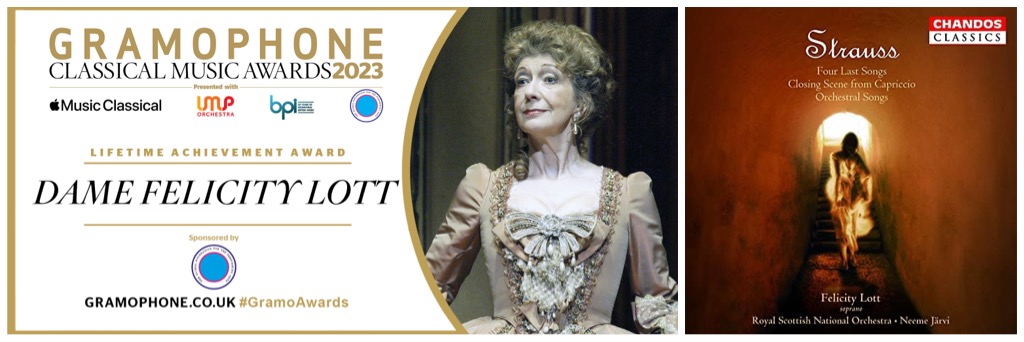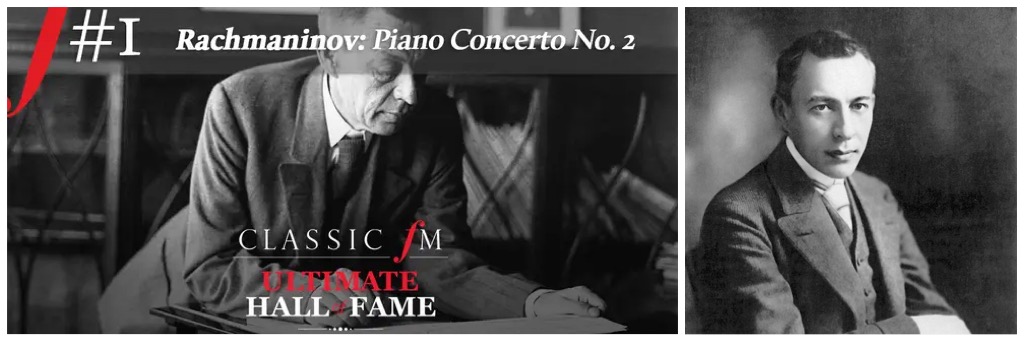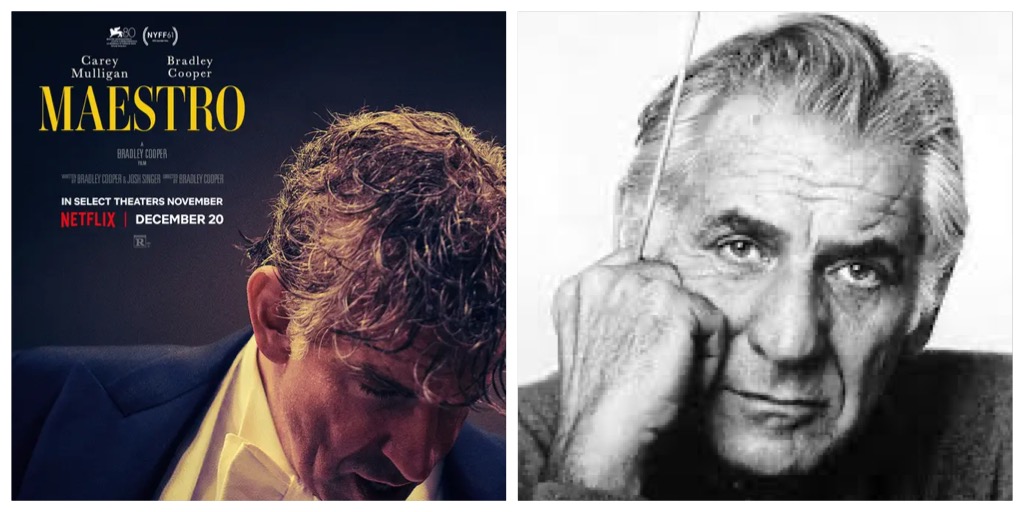Sicily is the largest and most populous island in the Mediterranean Sea. It has a picturesque coastline and historic towns, and offers beaches, mountains, active volcanoes, and even skiing in winter. It produces wine, almonds, pistachios, olives, citrus, and seafood but also has a rich culture in arts, music, literature, cuisine, and architecture. In Conversation looks at some of the composers and musicians from Sicily, culminating with an overture influenced by the exotic history of this extraordinary island.
Alessandro Scarlatti (1660-1725)
Il Giardino d’Amore: Sinfonia
Ensemble 1700
Dorothee Oberlinger (Director)
Vincenzo Bellini (1801-1835)
Norma, Act I: Casta Diva
Renée Fleming (soprano)
London Philharmonic Orchestra
London Voices
Sir Charles Mackerras (Conductor)
Francesco Buzzaro (b.1969)
Fuego
Francesco Buzzaro (guitar)
Giovanni Sollima (b.1962)
Il bell’Antonio, Tema III
Kathryn Stott (piano) and Yo-Yo Ma (cello)
Giuseppe Verdi (1813-1901)
Sicilian Vespers Overture
Berliner Philharmoniker
Claudio Abbado (Conductor)

Alessandro Scarlatti was born Palermo, Sicily and he composed mostly operas and religious works.
He composed 115 operas in total including commissions from Naples where he was Maestro di Cappella in the royal service. He was in Naples from 1684 until 1702, writing more than 40 operas and musical entertainments for the court and its circle.
Scarlatti’s innovative and advanced approach to composition anticipates the work of later composers such as Mozart and Schubert.
His innovations include establishing the form of the Italian overture (i.e., the opera overture in three sections, allegro-adagio-allegro), which was a forerunner of the classical symphony.
He composed more than 600 chamber cantatas but wrote little orchestral music
His use of wind instruments in his compositions was similarly novel: trumpets, flutes, oboes, and bassoons were used for particular effects, and horns were introduced into the orchestra for the first time.

Born in Catania, which at the time was part of Sicily, Bellini was the eldest of seven children – a child prodigy within a highly musical family.
Most of what is known about Bellini’s life comes from surviving letters which were written throughout his lifetime to Francesco Florimo whom he had met as a fellow student in Naples
Bellini was the quintessential composer of the Italian bel canto era of the early 19th century
His opera, Norma, was the first of two commissioned in 1830 and premiered on December 26, 1831 at La Scala, Milan.
The role of Norma is one of the most taxing and wide-ranging parts in the repertory of bel canto opera.
The role was written for the famed soprano Giuditta Pasta, who reportedly balked at the difficulty of Casta Diva.
Casta Diva is the most famous aria of the opera and is sung by the title character, the High Priestess of the Gauls, in the first act.

Born in Taormina, Sicily, Francesco Buzzurro’s graduated with a Degree in Foreign Language and Literature but almost immediately began touring as a classical guitarist, performing in many countries including America, Greece, Germany, Spain and Turkey.
In addition to his studies of classical music Buzzarro has a particular passion for folk music and eventually developed an interest in jazz music.
His studies in these areas allowed him to develop an individual and unique style of improvisation which show influences from bossanova, ethnic music and latin jazz.
He performs regularly with some of the greatest international jazz artists such as Arturo Sandoval, Peter Erskine and Vince Mendoza
He regularly gives masterclasses in jazz guitar and is one of the most appreciated and multifaceted guitarists in Italy.

Giovanni Sollima was born in 1962 in Palermo, Sicily and is an Italian composer and cellist. He was born into a family of musicians and studied cello with Giovanni Perriera and composition with his father, Eliodoro Sollima, at the Conservatorio di Palermo, where he graduated with highest honors.
He later studied with Antonio Janigro and Milko Kelemen at the Musikhochschule Stuttgart and at the Universität Mozarteum Salzburg.
As a composer, Sollima’s influences are wide ranging, taking in jazz and rock, as well as various ethnic traditions from the Mediterranean area.
Sollima’s music is influenced by minimalism, with his compositions often featuring modal melodies and repetitive structures.
Because his works are characterized by a more diverse and eclectic approach to material than the early American minimalist composers, the American critic Kyle Gann has called Sollima a postminimalist composer.
Sollima has collaborated with the American poet and musician Patti Smith, appearing on her records and performing with her in concert.
He also collaborates with Yo Yo Ma and Kathryn Stott who included Tema III on Songs from their album, Arc of Life.

The Sicilian Vespers is a grand opera in five acts commissioned for the 1855 Great Exhibition in Paris and tells the story of the occupation of Sicily by the French in the thirteenth century.
The opera followed immediately after Verdi’s three great mid-career masterpieces, Rigoletto, Il trovatore and La traviata of 1850 to 1853 and was first performed at the Paris Opéra on 13 June 1855.
The story is based on a historical event, the Sicilian Vespers of 1282, using material drawn from the medieval Sicilian tract Lu rebellamentu di Sichilia.
The 1855 Paris premiere was both a popular and a critical triumph but the opera’s early hype didn’t stand the test of time.
Its historical plot, concerning the French occupation of Sicily in the 13th century, quickly struck audiences as archaic and Verdi himself objected to the libretto, especially its portrayal of Sicilian treachery.



















